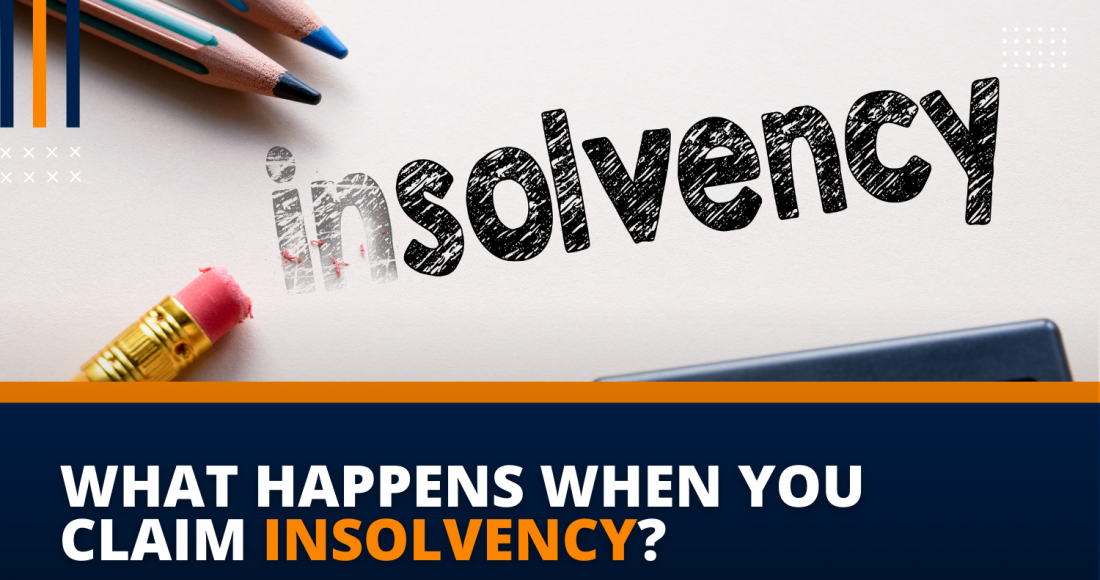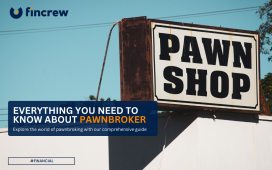To decide whether declaring insolvency is the right solution for you, you should know what the process involves and how expressing it will affect you. Insolvency means your business will cease to trade, and your limited company will liquidate. Sole traders and partnerships risk going bankrupt and losing their assets, such as their homes. The insolvency process varies from person to person, depending on their unique circumstances and the best insolvency service to match them.
What Is Insolvency?
An individual or company becomes insolvent when it cannot meet its financial obligations to its lenders. As an insolvent company or individual approaches insolvency proceedings, they are likely to engage in informal arrangements with creditors, such as setting up alternative payment arrangements. Reduced cash inflow, increased expenses, or poor cash management may lead to insolvency.
Understanding Insolvency
Insolvency occurs when a business or individual is unable to pay their bills. If a person or entity becomes insolvent, take action to court, and sell assets to pay off balances. Creditors can be contacted by business owners and restructured into more manageable installments. If the creditor gets repaid, they will accept this approach even if the repayment is on a delayed schedule. Business owners who want to restructure their debt put together a realistic plan that demonstrates how they can reduce overhead and continue running the company. This plan details how the debt is restructured based on cost reductions or other programs for support. The proposal shows creditors how the business can generate enough cash flow to profitably while paying its debts.
What Happens When Limited Companies And LLPs Declare Insolvency
Suppose a limited company (or a limited liability partnership, known as an LLP). It will either enter liquidation and stop trading or be placed in administration and sold (possibly to another owner). The outcome may be a voluntary arrangement between the company and the employee. When a company is placed into liquidation or administration, notify the Insolvency Service. In some cases, the directors may be prohibited from directing the company for 15 years. This sort of scenario, however, is rare. Directors and shareholders can also refund dividends and overdrawn directors’ loan accounts. Additionally, if the business becomes insolvent, directors or a third party may be liable for personal guarantees given to the company’s creditors. Typically, the bank offers guarantees for loans to businesses or overdrafts.
What Happens When Sole Traders And Partnerships Declare Insolvency
If a sole trader or partnership is not an LLP, the business owners are liable for the debts and may sell their assets to repay the debts. Business debts include suppliers, HM Revenue and Customs, faulty work owed to customers, and anyone else owed money by the business. Additionally, bankrupted business owners may be subject to bankruptcy restriction orders (“BROs”) if they have misbehaved while running the business. These BRO actions are taken by the Insolvency Service against bankrupt sole traders and partners. Getting advice about your options early on is a good idea. An Individual Voluntary Arrangement is an excellent way to avoid personal bankruptcy.
Final Thought
You should seek legal counsel if you have any questions about what happens when you are declared insolvent.





